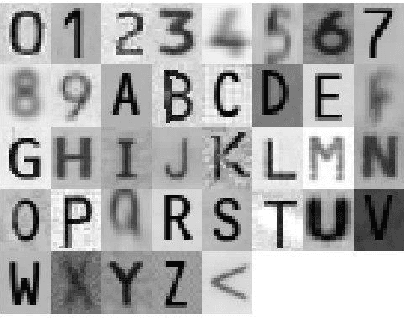Bipolar Morphological Neural Networks: Convolution Without Multiplication
Paper and Code
Nov 05, 2019



In the paper we introduce a novel bipolar morphological neuron and bipolar morphological layer models. The models use only such operations as addition, subtraction and maximum inside the neuron and exponent and logarithm as activation functions for the layer. The proposed models unlike previously introduced morphological neural networks approximate the classical computations and show better recognition results. We also propose layer-by-layer approach to train the bipolar morphological networks, which can be further developed to an incremental approach for separate neurons to get higher accuracy. Both these approaches do not require special training algorithms and can use a variety of gradient descent methods. To demonstrate efficiency of the proposed model we consider classical convolutional neural networks and convert the pre-trained convolutional layers to the bipolar morphological layers. Seeing that the experiments on recognition of MNIST and MRZ symbols show only moderate decrease of accuracy after conversion and training, bipolar neuron model can provide faster inference and be very useful in mobile and embedded systems.
 Add to Chrome
Add to Chrome Add to Firefox
Add to Firefox Add to Edge
Add to Edge